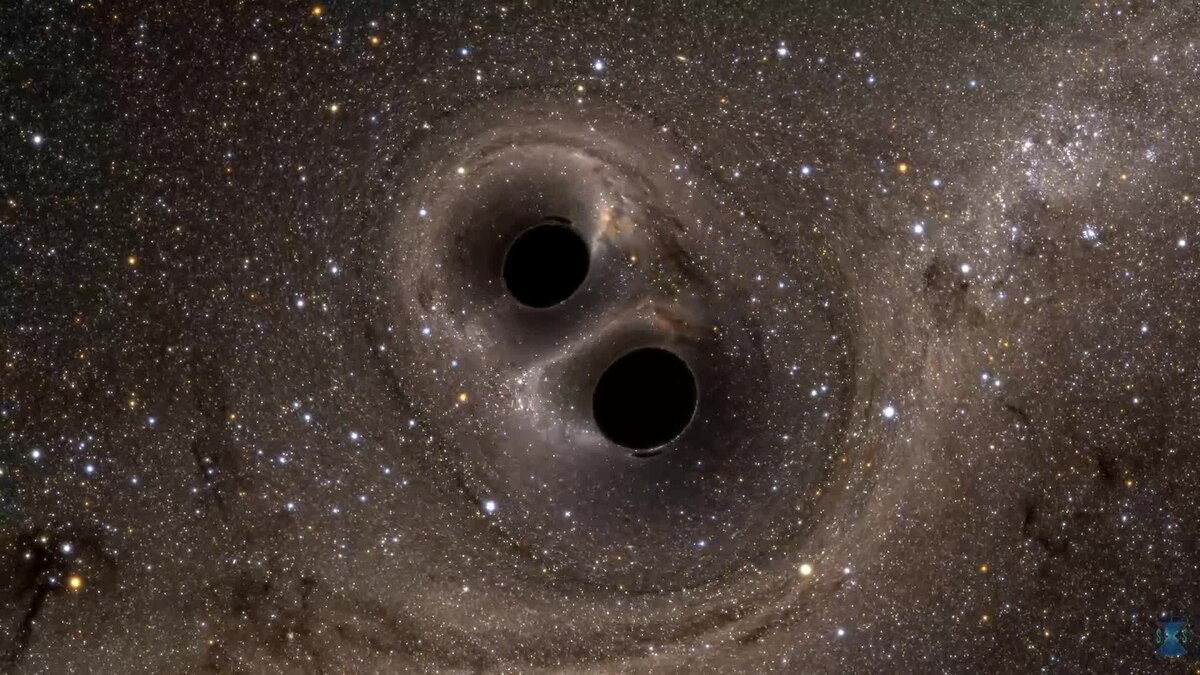trevorjohnson83
VIP Member
- Nov 24, 2015
- 738
- 95
- 88
- Thread starter
- #241
So there are two types of pressure, that caused by the flow of heat energy like a boiler, and the other caused by weight bearing down. The first type of pressure is from 'electron shell' repulsion. The second type of pressure is from the gravity field of the nuclei creating an overall area of dense/hot aether. I bet the energy of the static field created by pressure extends out into space and that its strength and area is equivalent to the number of atom's in the earth.

